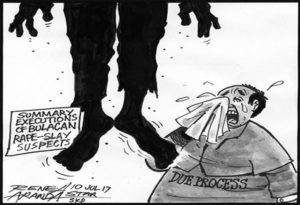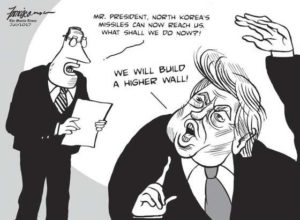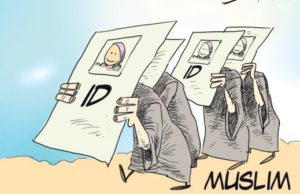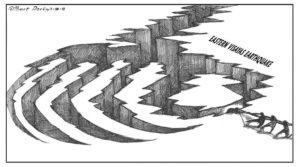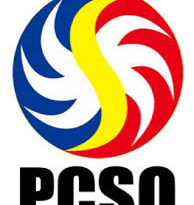Hanoi, Metro Manila face traffic problems
A report from Vietnam the other day said that the Hanoi city council had voted to ban motorbikes by 2030. The move was approved by 95 of the 96 city councilors for two reasons – environmental and traffic congestion.
Environmentally, the city recorded 282 days — out of 366 — in 2016 when its air had “excessive levels” of fine particulate matter harmful to human health. Traffic-wise, Hanoi’s buses can handle only 12 percent of travel in the city. It has no elevated trains; most people thus go to work in the city in cars and motorbikes. In 2016, 750 cars a day were sold, along with 8,000 motorbikes.
The Hanoi report reminds us of our own traffic problem in Metro Manila which has long plagued the highly urbanized region, its residents, its business and industry, its schools and offices, and its local governments. Like Hanoi, Metro Manila has too many vehicles, mostly private cars, and, at certain times of the day, cargo trucks moving between the Manila port area and industries situated in and around the area. In 2016, according to the auto and truck manufacturing organizations, 359,562 units were sold, most of them in Metro Manila.
When the Duterte administration began in June, 2016, there was great hope that the traffic problem would finally be solved with a combination of firmer traffic enforcement, more efficient Light Rail and Metro Rail Transit operations, new roads and overpasses, and a comprehensive plan for jeepneys and buses.
The Department of Transportation drew up such a plan but it required special emergency powers to help the government meet certain problems in the granting of franchises, relocation of stations, and traffic enforcement that varies from city to city in the Metro area. Congress has not seen fit to grant the requested emergency powers thus far and Secretary Arthur Tugade said that, in the meantime, he will have to do what can be done under the circumstances.
There has indeed been some improvement; a trip that used to take two hours now takes only about an hour and a half – sometimes. Part of the reason is that people and offices have made adjustments in working hours and/or working days. Many roads have been cleared of parked cars and other obstructions. The rail systems have been able to field longer trains and run more trips.
Every little bit counts in the effort to ease Metro Manila’s traffic. Hanoi’s problem is probably not quite as serious and as big as that of Metro Manila but its proposed solution – to ban motorbikes – bears watching. We may yet adopt some version of this ban to lessen the number of vehicles clogging city streets. Together, all the many plans and actions, big and small, will make one comprehensive whole which should solve Metro Manila’s stubborn traffic problem.
